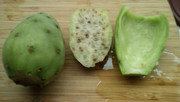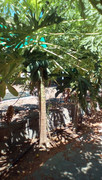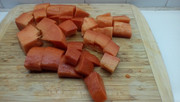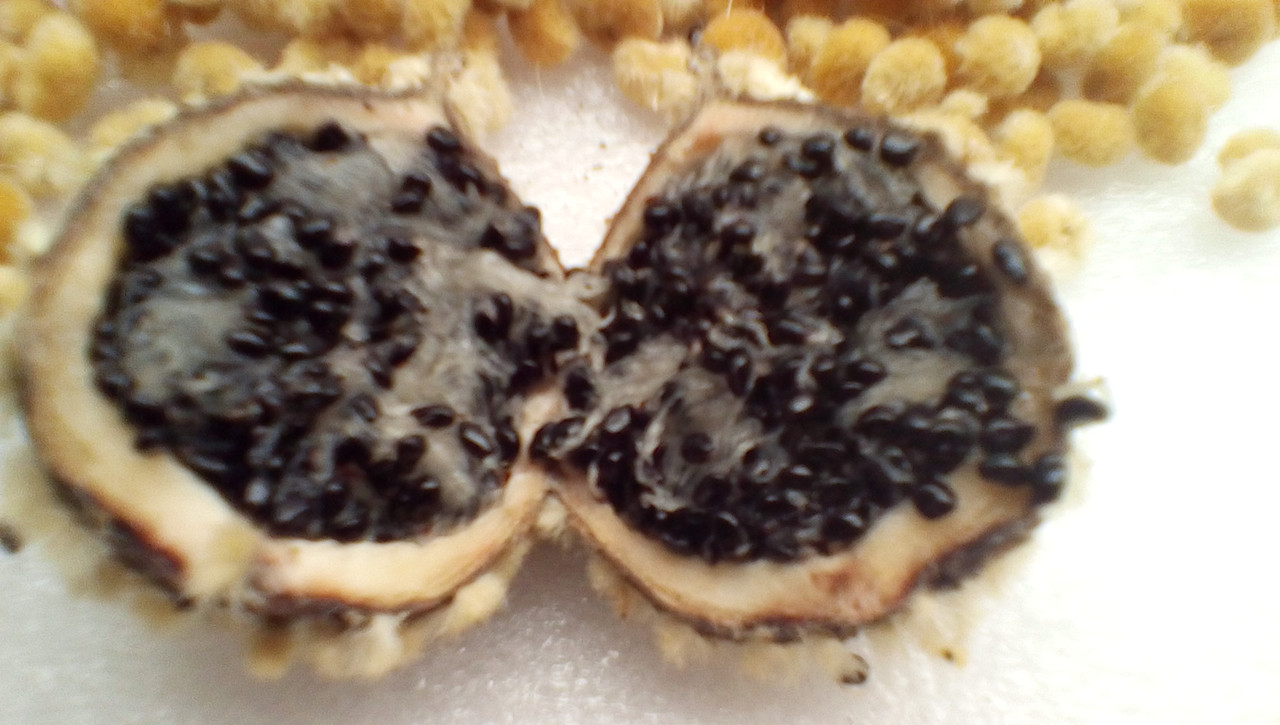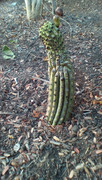51
Tropical Fruit Discussion / Re: I am preparing for a total loss with Hurricane Irma
« on: September 05, 2017, 11:07:34 PM »
This is a really scary hurricane. I went through Odile and the recently departed Lidia. Tropical storm Lidia did more damage to me than Odile which devastated Cabo and LaPaz. I've been living with hurricanes in this area for more than a decade and noted that predicted tracks can be wrong by a hundred miles or more, so be wary even if it looks like you aren't in the path of the storm. Odile blew cars over and damaged buildings, even the airport. Irma may be stronger. You should be worried about your homes, not just your trees.
Read up on hurricane Andrew which hit Homestead in 1992. It levelled houses. Not trying to be scary, just providing a well-meant heads-up. Be safe and the very best to all of you at risk from Irma. Make sure you have a really safe backup plan.
EDIT: Senior moment - confused Harvey and Lidia. Too many storms to keep straight!
Read up on hurricane Andrew which hit Homestead in 1992. It levelled houses. Not trying to be scary, just providing a well-meant heads-up. Be safe and the very best to all of you at risk from Irma. Make sure you have a really safe backup plan.
EDIT: Senior moment - confused Harvey and Lidia. Too many storms to keep straight!


